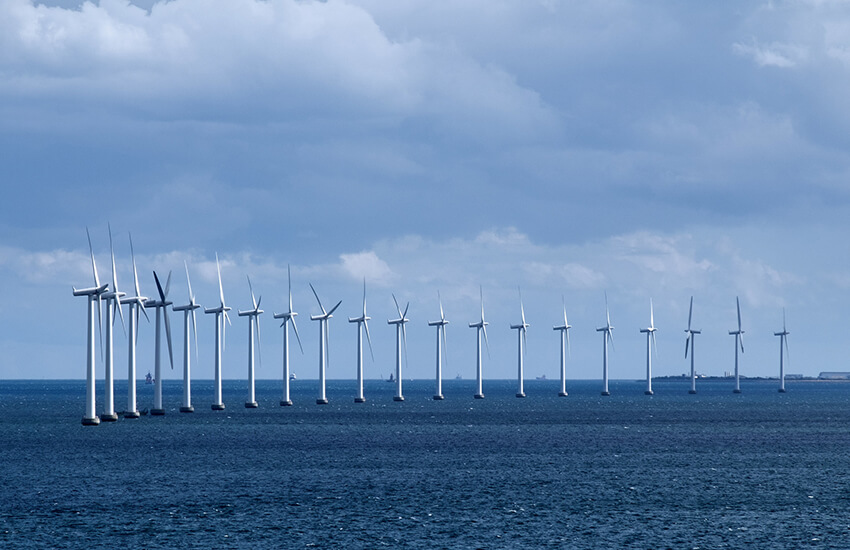How Much Offshore Wind Power Does the UK Need?
The UK government has indicated that it’s likely that the country will now require more offshore wind power than previously envisaged. The announcement, made by the Department for Business, Energy and Industrial Strategy (BEIS), came at the beginning of this month, exactly one year after the government launched its Offshore Wind Sector Deal with the industry.
The revised figures are down in large part to the government’s commitment to achieving its ambitious greenhouse gas targets, agreed upon last year. In June 2019, the UK became the first major economy in the world to enshrine into law a goal of net-zero greenhouse gas emissions before 2050. In order to meet that goal, it’s now expected that offshore wind (alongside other renewables) will have to pick up the slack from diminishing fossil fuel sources.
Building on solid foundations
At present, the UK currently has more offshore wind capacity than anywhere in the world, with 9.8 GW of power generated by offshore facilities. While that might feel like a trifling amount compared to the 306.6TW of electricity consumed by Britons each day, every little helps towards reaching the net-zero carbon objective by 2050.
Plans are in the pipeline to increase that amount to 19.5GW by the middle of the current decade, while the 2050 target has already been increased once. In December last year, the government revealed that it would now be seeking to install 40 GW of offshore wind power capacity by the halfway point of the millennium, rather than the 30G W which had been originally announced. Now, BEIS is saying that even the revamped figures might be too conservative.
Works in progress
Significant progress towards the government’s goals has already been made. Last year, Scotland’s largest offshore wind farm (Beatrice, in the Moray Firth) officially became operational and is now capable of providing 588 MW of energy. Meanwhile, Hornsea One off the Yorkshire coast completed construction in October 2019 and is scheduled to open sometime this year. With 1,128 MW of capacity, it will become the largest offshore wind farm in the world.
The Crown Estate has also opened a new round of leasing for a minimum of 7 GW worth of projects in England and Wales, due to be completed this year. The Scottish Crown Estate is due to open their own round of leasing later in 2020, as well. These developments have been made possible, at least in part, due to the falling costs of wind energy; record low prices of £39.65/MW were bid last year, which is almost two-thirds lower than in 2015.
Innovating for the future
Not content to rest on those laurels, the government is also keen to instigate competition and raise productivity through a new £100 million Offshore Wind Growth Partnership (OWGP), which will oversee developments in the industry over the next decade. Involved in everything from advanced methods of lubricating turbines to shoring up the supply chain, the OWGP is expected to be instrumental in the industry’s ongoing prosperity.
Other innovations are also being investigated, as well. “The government will work with the sector and other stakeholders to build upon the strong foundations of this Sector Deal to accelerate sustainable deployment up to 2030,” said the latest report from BEIS. “We will also work with the sector to prepare for the 2030s and 2040s, for example by enabling new innovations such as floating offshore wind and hybrid projects.”

